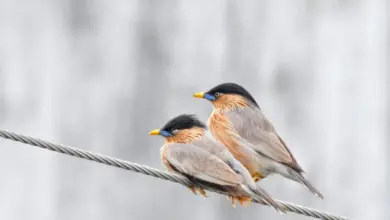White’s Thrushes (Zoothera dauma)
The White’s Thrush (Zoothera dauma) is a member of the Thrush family Turdidae.
It breeds in wet coniferous taiga, mainly in eastern Asia and Siberia. Northern races are strongly migratory, with most birds moving to southeastern Asia during the winter. It is a very rare vagrant in Western Europe. It is very secretive, preferring dense cover.
There are four races: Z. d. aurea is the migratory Siberian form, Z. d. dauma breeds in the Himalayas and migrates to the foothills in winter. Z. d. neilgherriensis is resident in the hills of southwest India and Z. d. imbicata is endemic to the hills of Sri Lanka.
The non-migratory forms are sometimes considered as separate species. The Sri Lankan race is particularly distinctive, being smaller, long-billed, and rufous below, and is sometimes split as Scaly Thrush.
White’s Thrushes nest in trees, laying three or four dull green eggs in a neat cup nest. They are one of the largest thrushes at 27cm, and are omnivorous, eating a wide range of insects, earthworms, and berries.
Males and females look alike, 27-31 cm long, with black scaling on a paler white or yellowish background. The most striking identification feature in flight is the black band on the white underwings, a feature shared with Siberian Thrush.
The male White’s Thrush has a song which is a loud, far-carrying mechanical whistle, with 5-10-second pauses between each one-second long phrase twee…tuuu….tuuu….tuuu.
This bird was named after the English naturalist Gilbert White.




